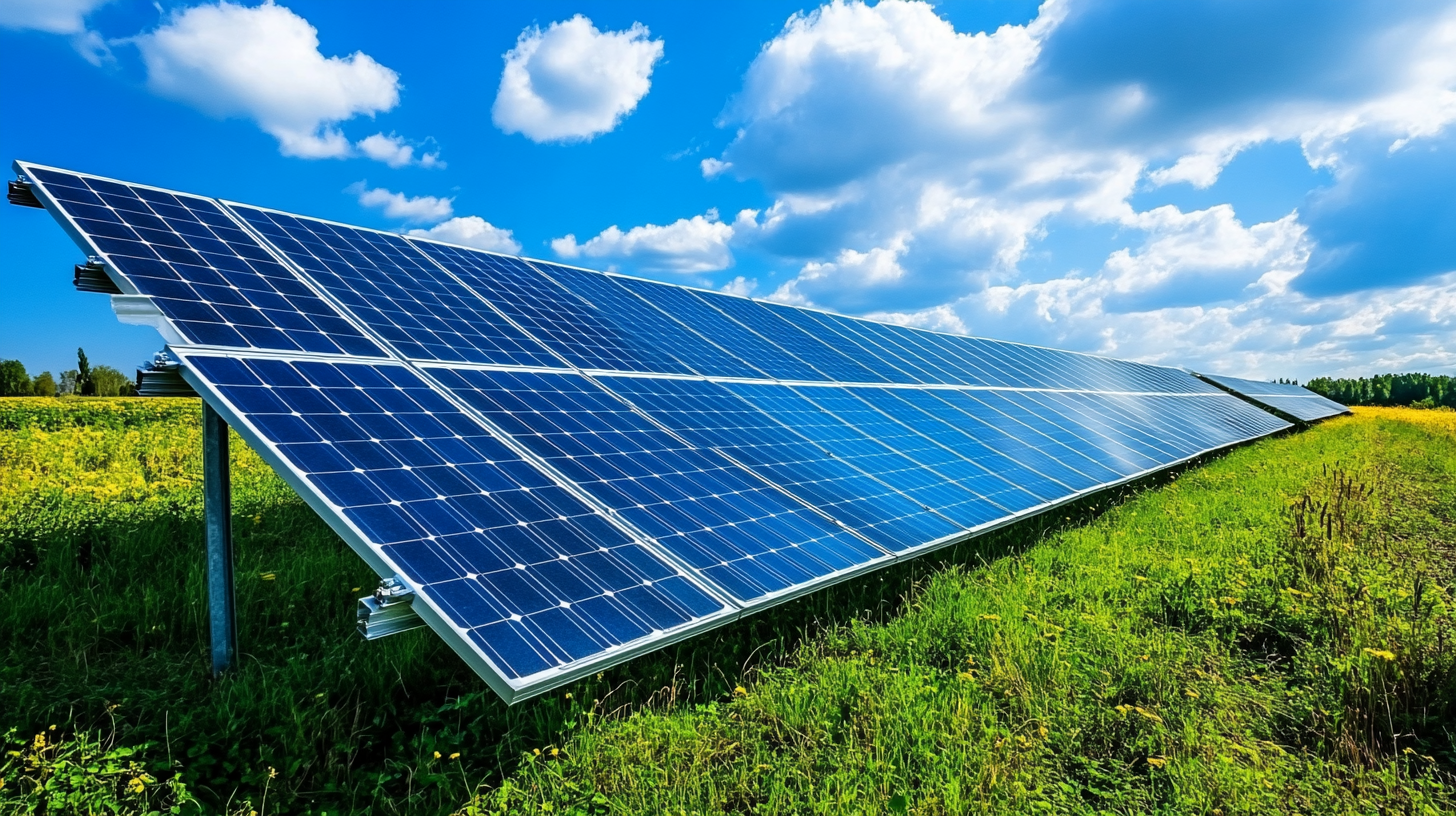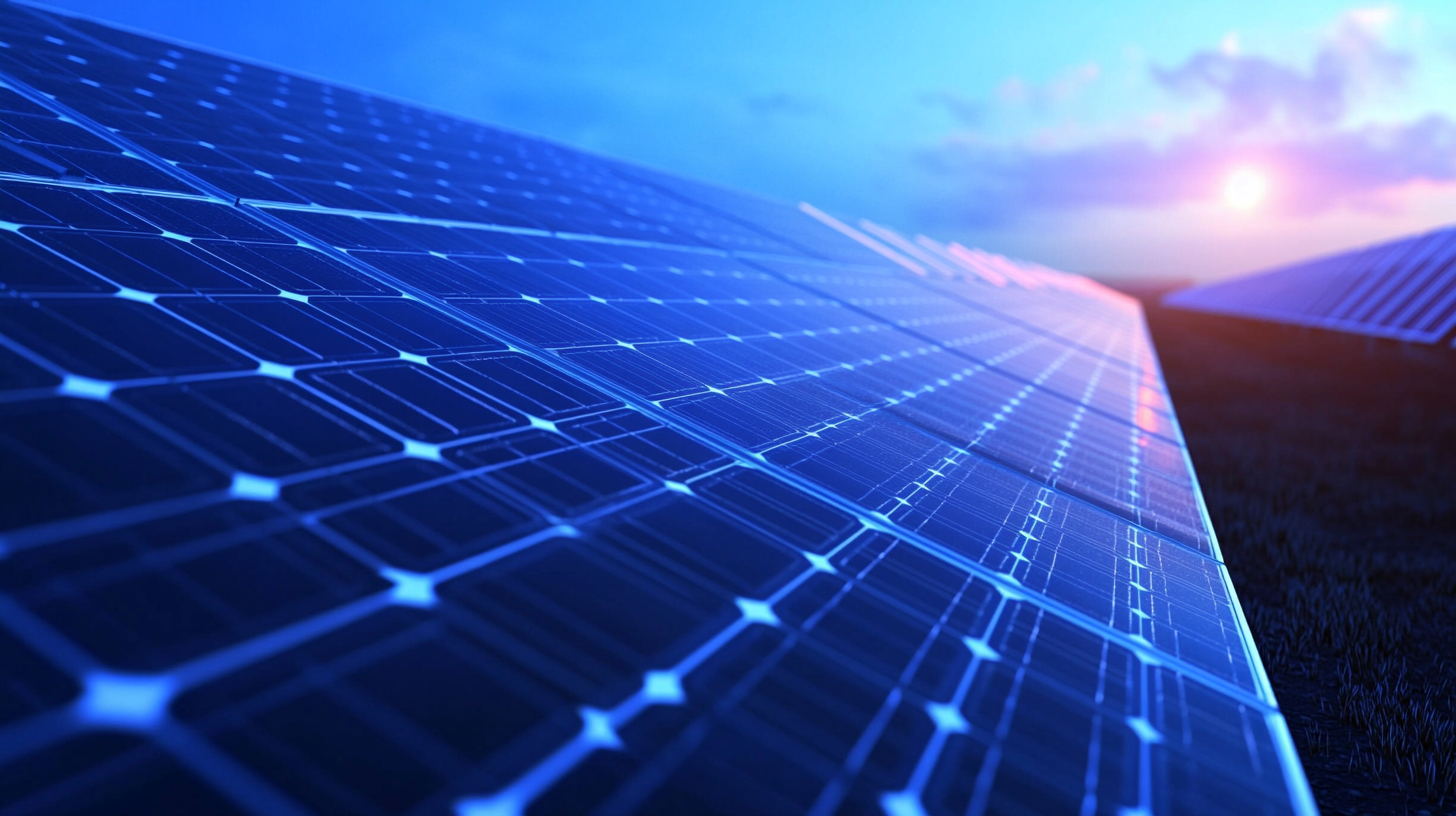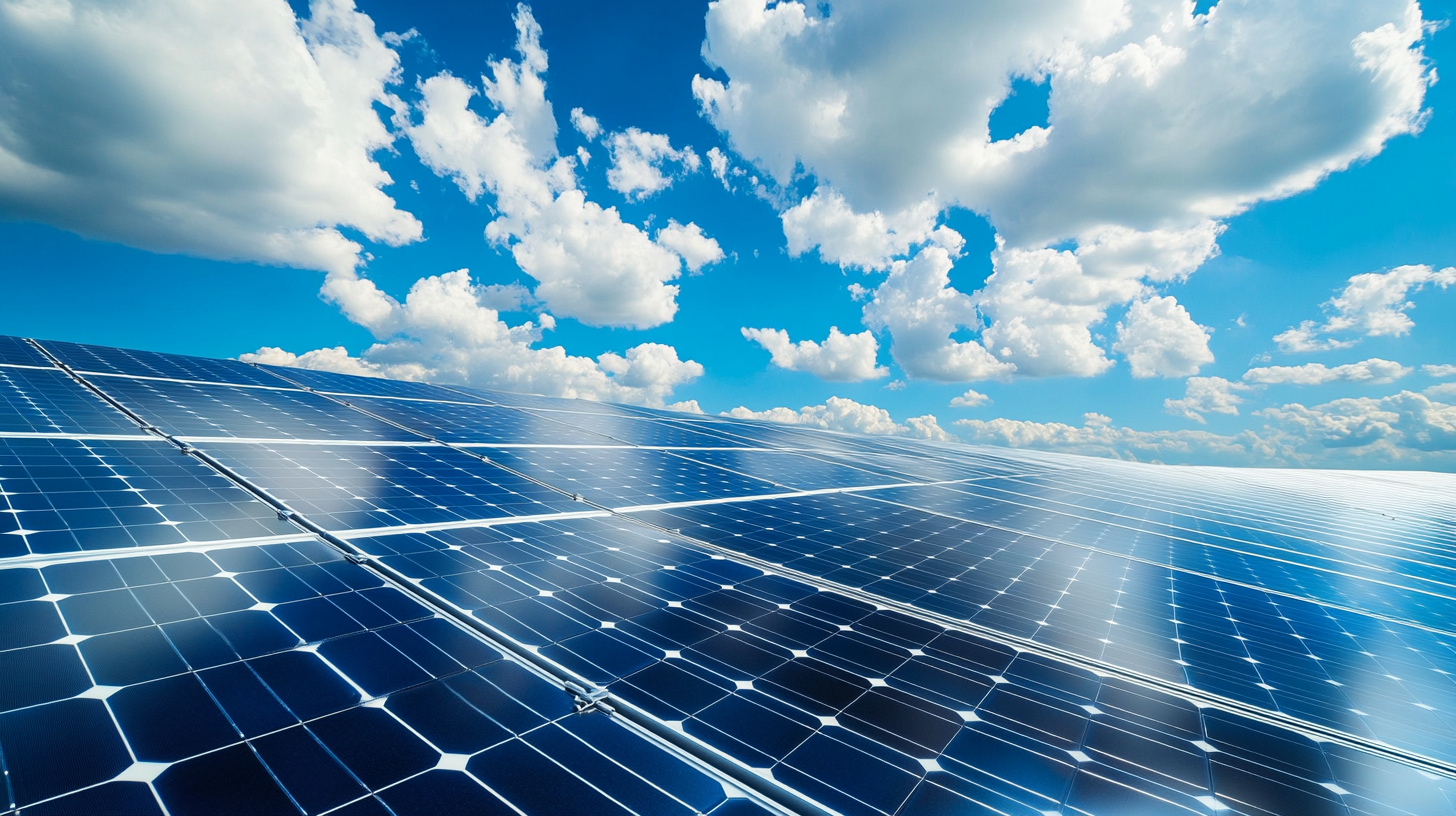Blog
- Home
- Blog
Top Strategies for Sourcing the Best Power Solar Panels Globally
As the global demand for renewable energy surges, the importance of sourcing high-quality Power Solar Panels has never been more crucial. According to recent industry reports, the solar energy market is projected to reach a staggering $223.3 billion by 2026, growing at a compound annual growth rate (CAGR) of 20.5% from 2021 to 2026. With advancements in technology and decreasing costs, Power Solar Panels have become a viable solution for both residential and commercial applications. Notably, research indicates that the efficiency of solar panels has improved significantly, with many models now converting over 20% of sunlight into energy. In this context, understanding the key strategies for sourcing the best Power Solar Panels globally is essential for harnessing the full potential of solar energy and contributing to a sustainable future.

Identifying Leading Solar Panel Manufacturers by Market Share and Innovation Focus
As the global demand for solar energy continues to rise, identifying leading solar panel manufacturers becomes crucial. A recent report highlighted that China is rapidly advancing in clean energy technologies, demonstrating significant market share growth alongside its innovation capabilities. According to the 2025 Renewable Energy Industry Outlook, renewable energy demand surged in 2024, significantly benefiting from government initiatives and technological advancements. This trend positions Chinese manufacturers at the forefront of the solar industry, bolstered by substantial investments in research and development.
Innovations in solar panel manufacturing are critical, with experts like Hiroki Sugimoto leading efforts to enhance efficiency and sustainability in production. An exclusive interview with industry leaders reveals that maintaining a strong focus on technology is vital for driving competitive advantage. Reports indicate that companies engaging in robust R&D initiatives experience greater market resilience, allowing them to capture larger market shares. Thus, for any entity looking to source high-quality solar panels, partnering with manufacturers that exemplify innovation and market leadership in solar technology will be essential as the industry evolves.
Analyzing the Role of Efficiency Ratings in Selecting Quality Solar Panels
When selecting quality solar panels, efficiency ratings play a crucial role in determining the overall performance and value of solar products. According to the U.S. Department of Energy, solar panel efficiency has significantly increased over the last few decades, with average efficiencies for crystalline silicon panels rising from about 13% in the early 2000s to over 20% in recent years. This advancement means that consumers can now generate more electricity from a smaller footprint, highlighting the importance of efficiency ratings in the selection process.
Moreover, a report from the International Energy Agency (IEA) indicates that higher efficiency panels, typically rated above 22%, offer a superior return on investment, especially in regions with limited space for installation. These panels not only provide enhanced performance but also have a longer lifespan due to their advanced technology and materials. As demand for renewable energy surges globally, understanding the nuances of efficiency ratings helps consumers make informed choices, ensuring they invest in solar panels that offer both performance and reliability.
Exploring Global Solar Panel Supply Chains: Challenges and Solutions
The global solar panel supply chain presents both challenges and opportunities for sourcing the best power solar panels. As demand for renewable energy solutions escalates, sourcing high-quality components from reliable suppliers has become increasingly complex. Factors such as geopolitical issues, fluctuating market prices, and logistic disruptions can significantly impact the procurement process. To navigate these challenges effectively, stakeholders must adopt strategic approaches.

One effective strategy is to establish strong relationships with multiple suppliers across different regions. This enables businesses to mitigate risks associated with localized disruptions. Additionally, companies can benefit from diversifying their sourcing options by investing in emerging markets with growing solar manufacturing capacities. This not only enhances supply chain resilience but also opens doors to potential cost advantages.
Another important tip is to conduct thorough due diligence on suppliers. Evaluating their production capabilities, quality control measures, and sustainability practices can greatly affect the long-term success of your solar panel sourcing strategy. Prioritizing suppliers who adhere to rigorous standards will ensure the panels meet performance expectations while aligning with sustainability goals. By implementing these strategies, companies can effectively overcome supply chain challenges and source the best power solar panels available globally.
Evaluating Cost-Effectiveness: Comparing Solar Panel Prices Across Different Regions
When considering the cost-effectiveness of solar panels, it’s essential to analyze price variations across different regions. According to a report by the International Renewable Energy Agency (IRENA), the global weighted average cost of solar photovoltaic (PV) systems fell by 82% between 2010 and 2019, but prices can differ significantly depending on local market conditions. For instance, in regions like Southeast Asia, solar panel prices can be as low as $0.50 per watt due to lower labor costs and government incentives aimed at boosting renewable energy adoption.
Conversely, in North America and Europe, costs tend to be higher, averaging around $0.80 to $1.00 per watt. This discrepancy highlights the importance of evaluating regional market dynamics and regulatory frameworks when sourcing solar panels. Additionally, research from BloombergNEF indicates that the Levelized Cost of Energy (LCOE) for solar has dropped to around $30 per megawatt-hour in leading markets, thus underscoring the need for potential buyers to compare not just the equipment prices but also the installation and operational costs associated with different regions. Effective sourcing strategies must incorporate these factors to ensure the best return on investment in solar technology.
Understanding Certifications and Standards for Solar Panel Quality Assurance
When sourcing the best power solar panels globally, understanding the various certifications and standards for quality assurance is essential. The solar industry is rife with different certifications, such as IEC 61215 and IEC 61730, which signify that a panel has been rigorously tested for performance and safety. Familiarizing oneself with these standards can help differentiate between high-quality products and those that may fall short, providing peace of mind that the panels will perform reliably for years.

Additionally, various regional certifications, such as UL 2703 in the U.S. and CE marking in Europe, serve to ensure that solar panels meet local regulatory requirements and safety benchmarks. These certifications not only indicate compliance but also reflect a manufacturer’s commitment to quality and environmental responsibility. Engaging with suppliers who possess these certifications signals their adherence to recognized quality standards, which is crucial for long-term investment in solar technology. Understanding these certifications ultimately empowers buyers to make informed decisions, ensuring the best possible return on their solar investments.